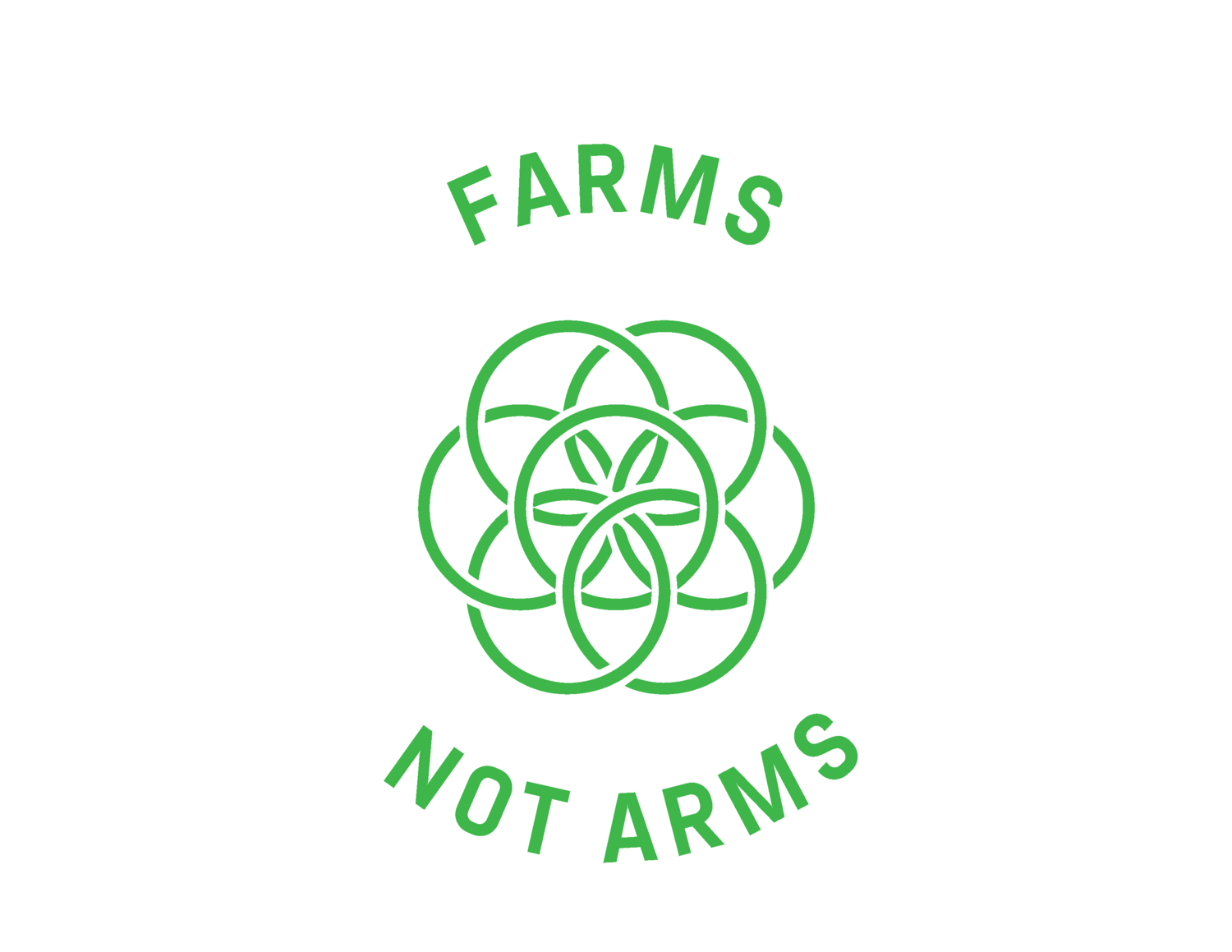1. Water: How to deal with water pollution when growing food?
Despite having abundant water streams especially for a country in the Middle East, Lebanon suffers from a huge problem of water pollution especially in the Litani River where most of the water in the Bekaa comes from. Some of the water contains toxic waste and sewage in some cases. In addition, wasteful watering techniques employed in agriculture. How can we solve that and build a farm that uses clean and efficient water?
2. Space: How can we grow the most variety of food in the smallest space possible?
One refugee told us “ to grow greens, you need a lot of space.” Without awareness of modern techniques such as vertical farming, growing enough greens to feed an entire family can be an impossible feat.
Planting Variety: How can we plant different foods to ensure that they take most advantage of crop yield times and strategically plant the plot with as many kinds as possible? How can we teach techniques that are healthier when it comes to the problem of over abuse of pesticides, chemicals, and hormones?
3. The Economics of Farming: How can we make it sustainable and profitable for refugees to grow their own food?
Vegetables are SUPER CHEAP in the Bekaa markets esp. the ones in the camps compared to Beirut (at least 3-4X more expensive but quality way worse), so refugees think it might cost them more to actually produce their food. If they sell, they would be selling at loss. How can we have a higher yield/ return on investment? Is there a way to invest as little as possible and get the most possible both financially and with yield? How do we use farming as a starting point to go up the value chain and create more income-generating activities?
4. Education/ Training: How can we introduce modern agricultural techniques that aren’t super high tech/intimidating for refugees?
A lot of the ideas that refugees proposed are limited by what they already do and think they can do. (the vertical farming quote can actually come here)
There’s also a trend of over-abuse of pesticides, chemicals, and sometimes even hormones. Even though they all agree hormones are bad, some think pesticides are good. How can we incorporate certain techniques that will help refugees plant smarter and more efficiently without overwhelming them with new technology?
5. Social Cohesion: How can we ensure that our project does not lead to tension between refugees and their neighboring landowners but actually integrates into the local host community?
Lebanon is a country ruled by sectarianism and the Bekaa is no different, as it is also divided into Christian, Sunni, and Shiite areas. With Syrians being predominantly Sunni, the treatment they receive in each municipality differs and is largely dependent on sects, with Sunni villages in the Bekaa tend to be more sympathetic with refugees than the Shiite and Christian ones. A lot of the refugees we are working with reside in the Christian town of Zahle, which currently hosts around 200,000 to 240,000 refugees. Attitudes towards refugees have changed considerably throughout the influx of Syrians to Lebanon, as the sheer number of refugees in the country has placed a real strain on resources. Syrians acknowledge that and have repeatedly mentioned that we have to respect the Lebanese. How do we design a solution that keeps the host community in mind?
6. Distribution/ Governance: How do we distribute roles, yield, output, and even profit among refugees?
How do we ensure that there is equitable role and food distribution among the refugees themselves? How do we govern the project?







